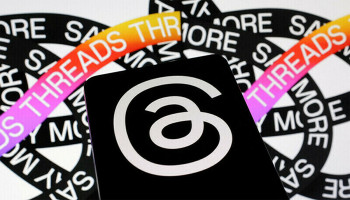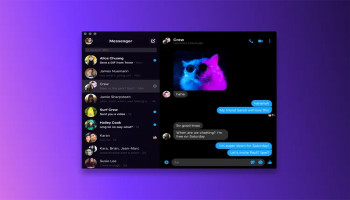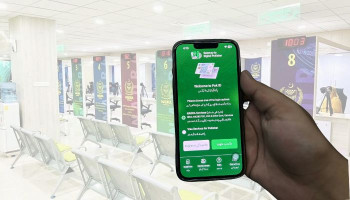
Meta-owned WhatsApp has introduced a new feature aimed at enhancing its search functionality. The latest addition, called 'Search by Date,' enables users to search for messages based on specific dates, providing a more efficient way to navigate through extensive chat histories. With this feature, users can now easily retrieve messages exchanged on particular days, eliminating the need for endless scrolling.
According to Gadgets360, Mark Zuckerberg, CEO of Meta, announced the feature on his WhatsApp channel. 'Search by Date' is now available for all users globally across various platforms including Android, iOS, Mac, Windows, and Web. The feature was initially spotted during beta testing in November 2023.
To utilise the 'Search by Date' feature, users simply need to open the desired individual or group chat they wish to search. On Android devices, they can click on the three dots in the top right corner, while on iOS devices, they need to tap the contact or group name. Upon selecting the Search option, users will now see a small calendar icon with a search symbol. Clicking on it will bring up a pop-up calendar, allowing users to choose the desired date.
Read more: New text formatting options added on WhatsApp: Here's how to use them
For example, if a user wants to locate a message from October 20, 2023, they can easily select that date from the calendar. Once selected, the chat or group will open directly to messages from that specific day, enabling users to scroll through the chat effortlessly. This feature streamlines the process significantly compared to manually scrolling through months of messages.
In addition to the 'Search by Date' feature, WhatsApp has also globally rolled out four new text formatting options, bulleted points, numbered lists, block quotes, and inline quotes. These options joined the existing formatting features such as bold, italic, strikethrough, and monospace.















